Marbling Techniques for Ceramics
Course final project
A course by Coralí Lecca Céspedes , Ceramist
About the final project for: Marbling Techniques for Ceramics
Marbling Techniques for Ceramics
“We have reached the end of the course. Thank you for choosing me as your teacher. Remember that ceramics is not only clay and science, but also body and mind. It is extremely important that when you go to work you have a good posture and control your breathing so that you connect with yourself and with the clay. All this you have already learned throughout the course. Give yourself the opportunity to live this experience. Get your materials, because now yes ... It's your time to create your 3-piece collection with the marbling technique! I share an example of how I would like to see your process and your final project: The choice of effect Choose an effect from the sample book you made in the course, it can be a marbling of 2 or 3 colors, it can be thin or thick veins. The one you want!
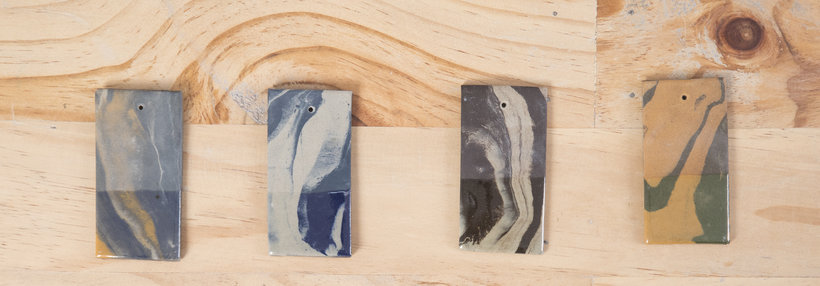
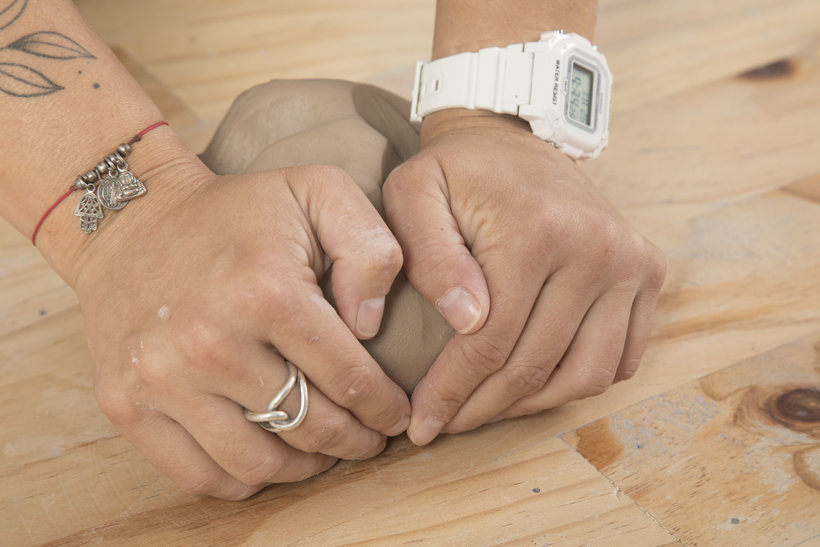
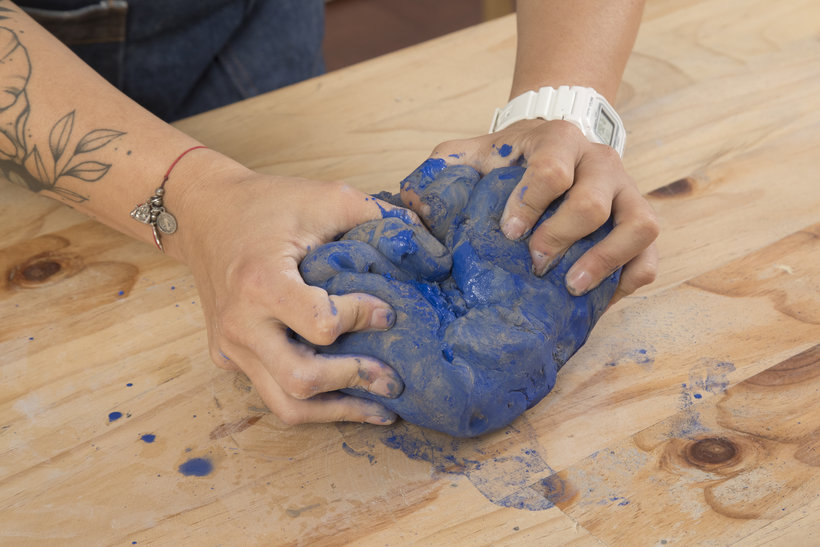
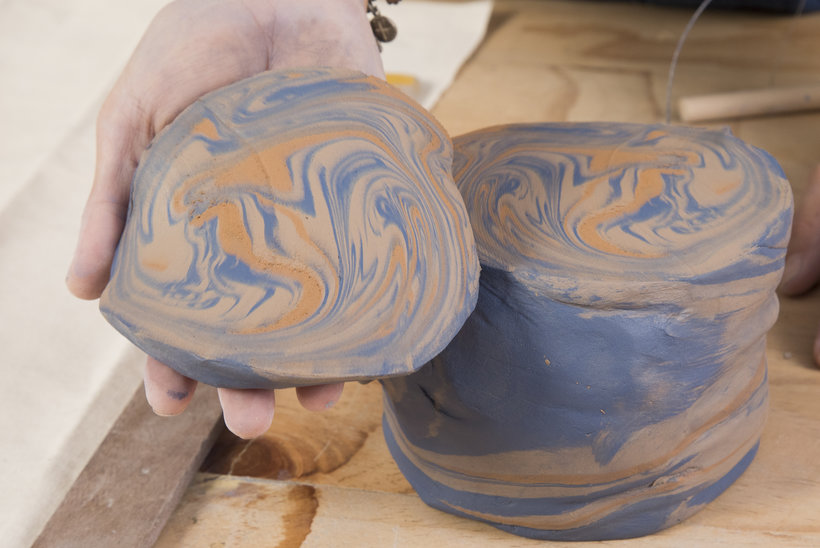
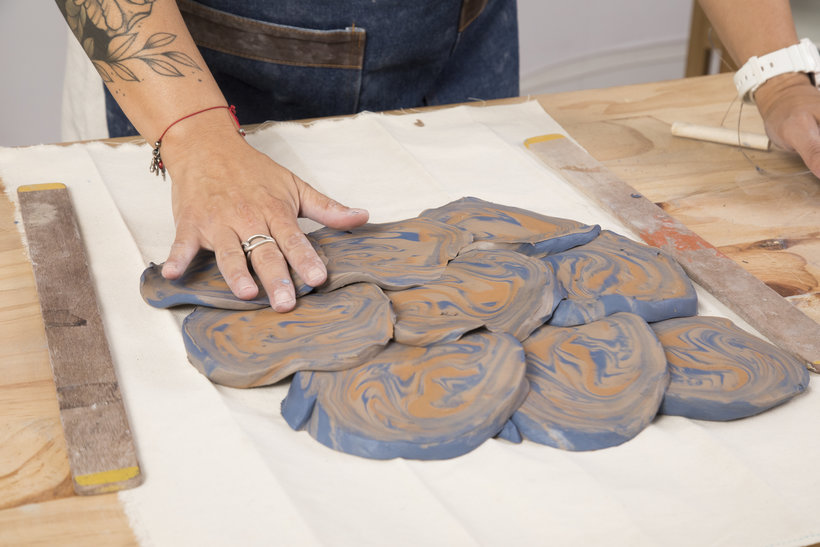


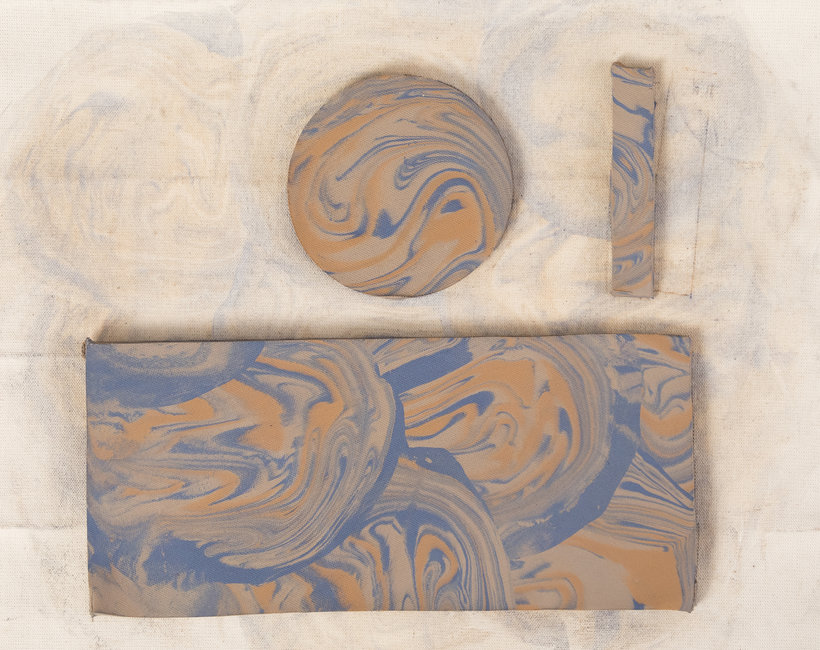

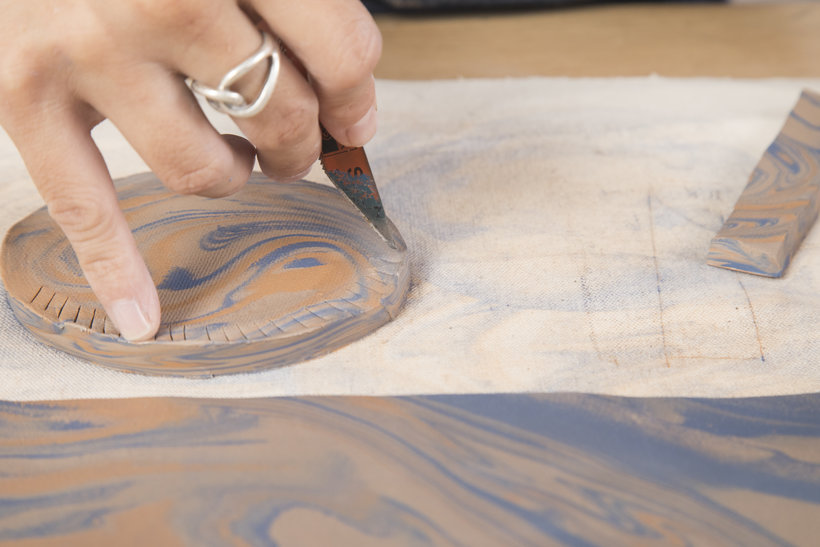

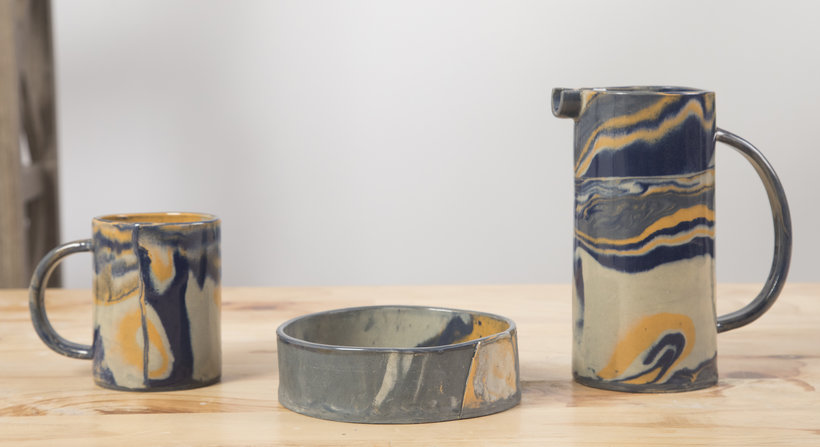
Partial transcription of the video
“Final project Hello, we have reached the final stage of the course and I would like to give you some recommendations for your project. Before starting to work the clay, remember that ceramics is not only art and science, but also body. In that sense, get ready to have the best body posture and breathing to be in contact with yourself and with the material. When coloring the clay, you must knead until the pigment is fully integrated. The force of the kneading is the weight of the body going forward. The part of the hand that kneads is the lower part of the palms. It is important to knead, fi...”
This transcript is automatically generated, so it may contain mistakes.
Course summary for: Marbling Techniques for Ceramics
-
Category
Craft -
Areas
Accessory Design, Arts & Crafts, Ceramics

Coralí Lecca Céspedes
A course by Coralí Lecca Céspedes
From the moment she was born, Coralí Lecca Céspedes was surrounded by the clay, pigments, and glazes of her mother's ceramic workshop. Despite this, she decided to study sound engineering and worked as video and animations for more than 10 years. It wasn't until 2014 that she began collaborating with her mother. She also started her Instagram account @Coraceramics as a blog exploring the world of clay and everything it has to offer.
After working in her family workshop for some time she decided to set up her own, start a brand, and put together a team. Coraceramics came to be out of a love for both ceramics and family, from a fascination that awakens the imagination and leads to the creation of pieces that will stand the test of time.
- 99% positive reviews (72)
- 2,851 students
- 16 lessons (1h 8m)
- 11 additional resources (1 files)
- Online and at your own pace
- Available on the app
- Audio: Spanish, English
- Spanish · English · Portuguese · German · French · Italian · Polish · Dutch · Turkish · Romanian · Indonesian
- Level: Beginner
- Unlimited access forever
Category
Areas

